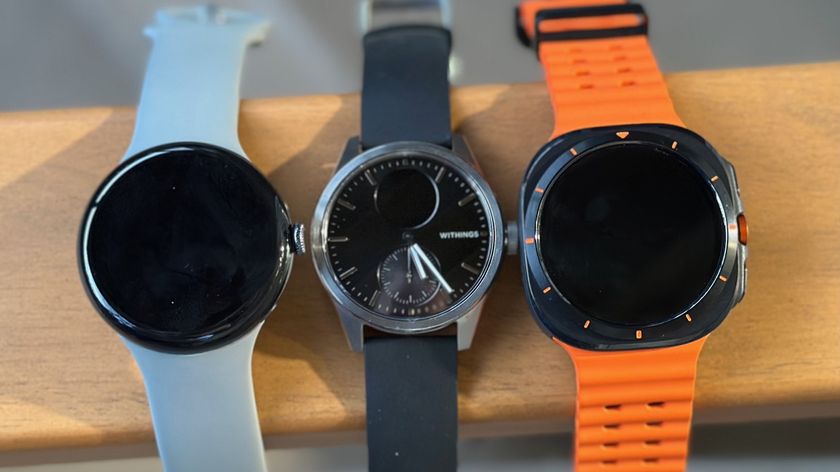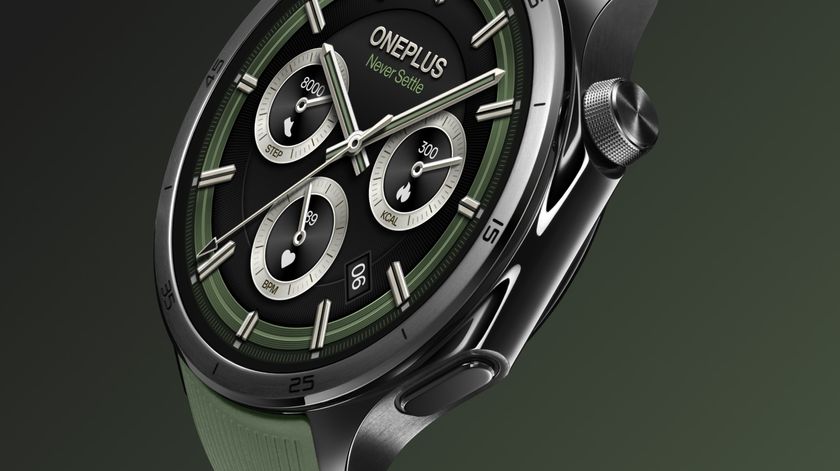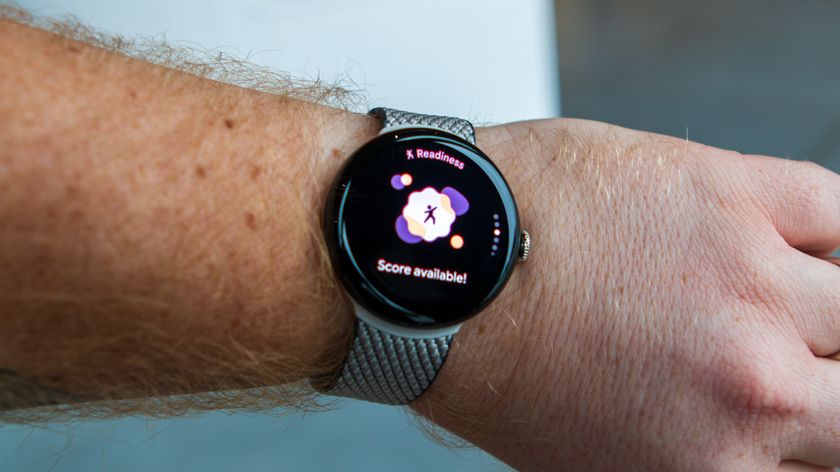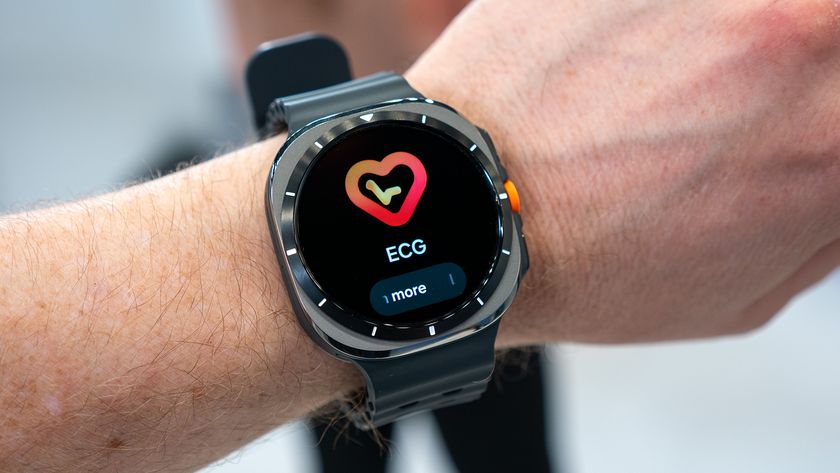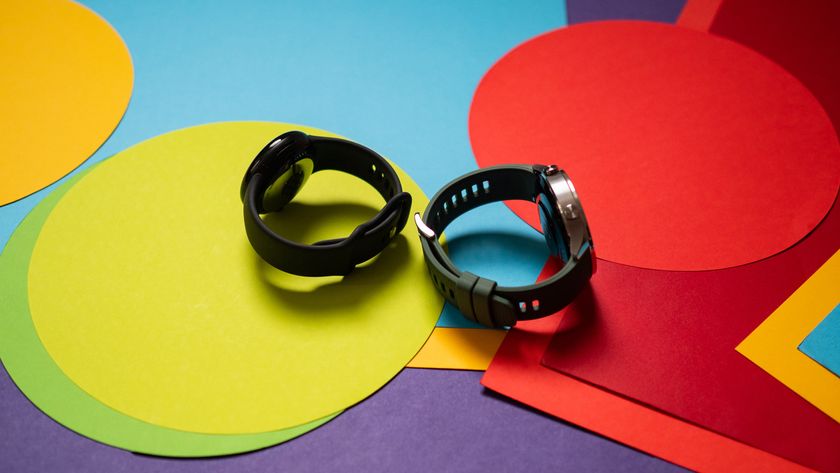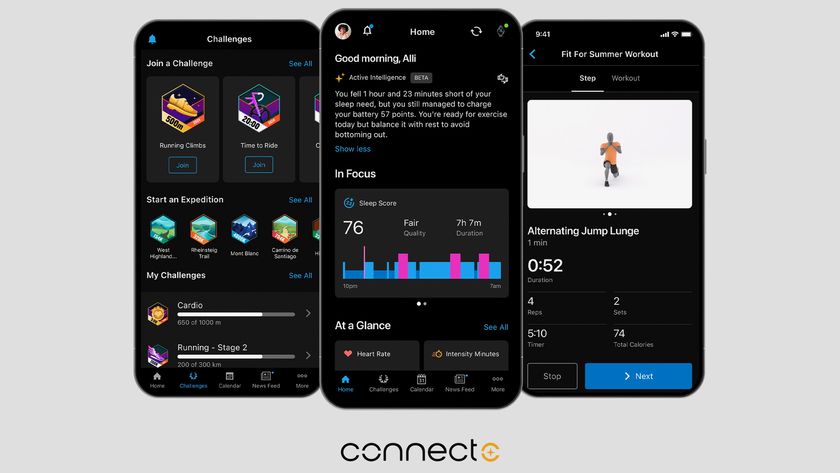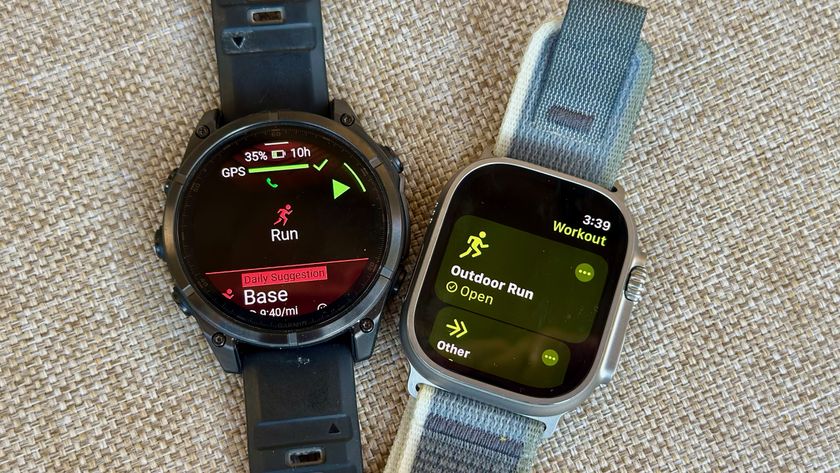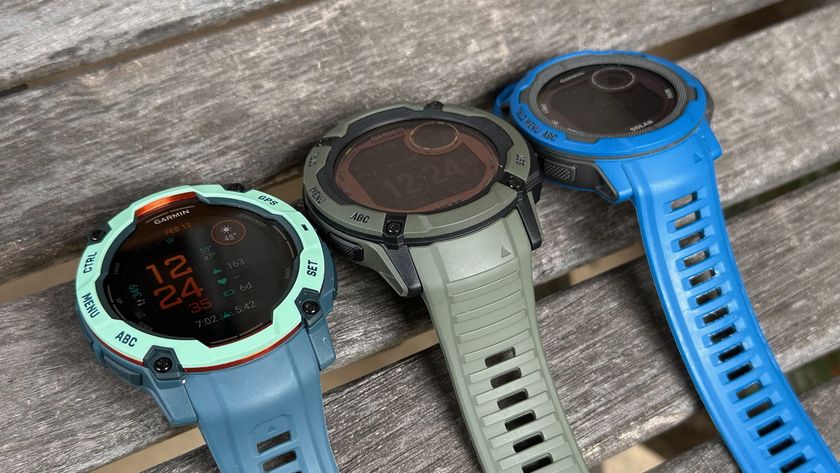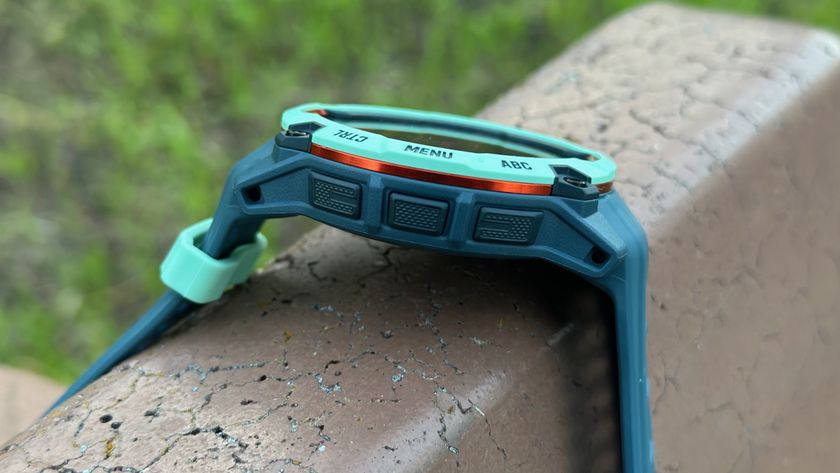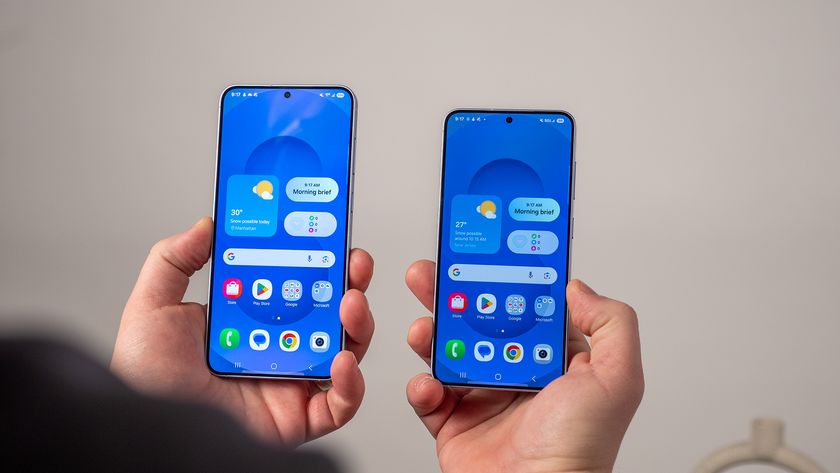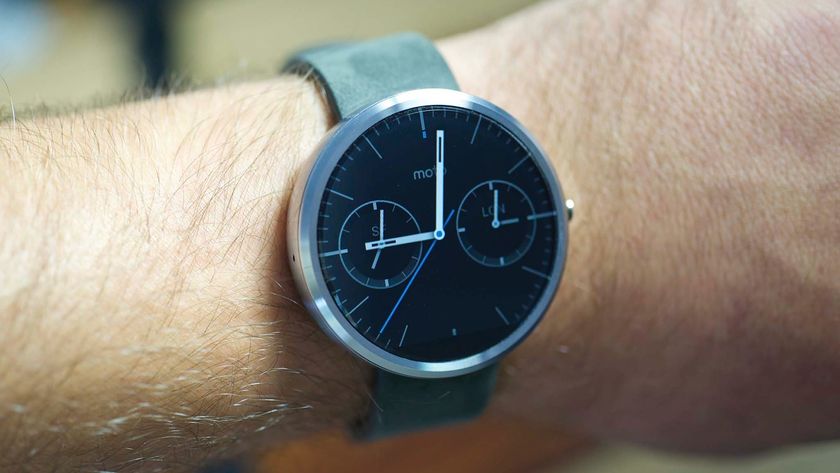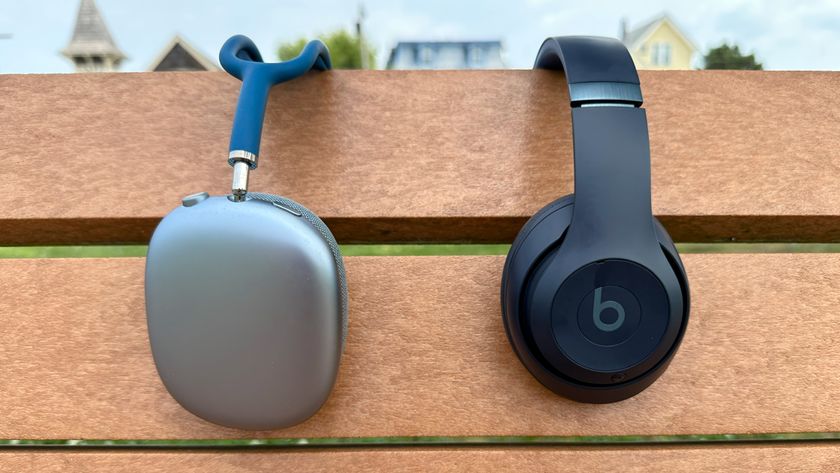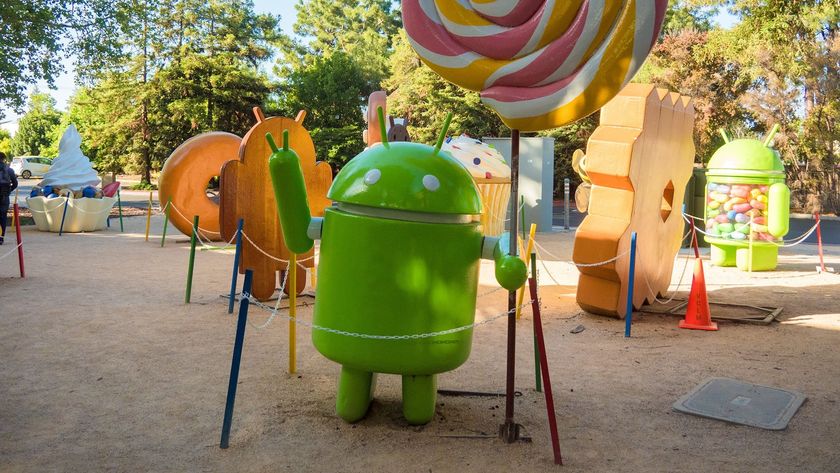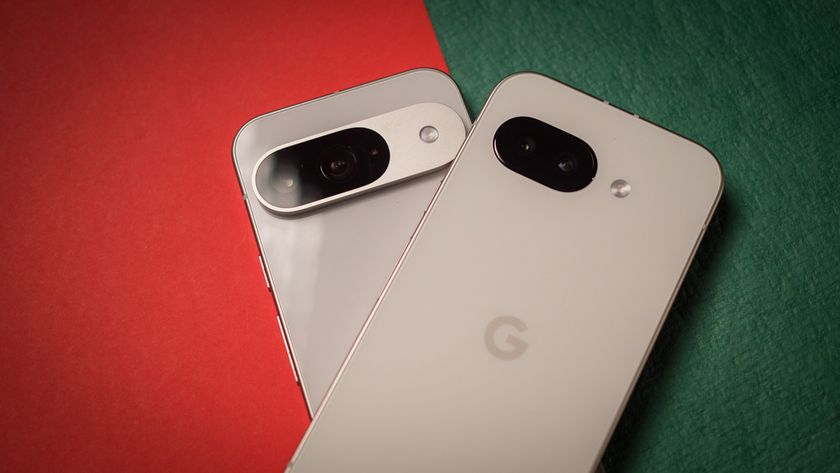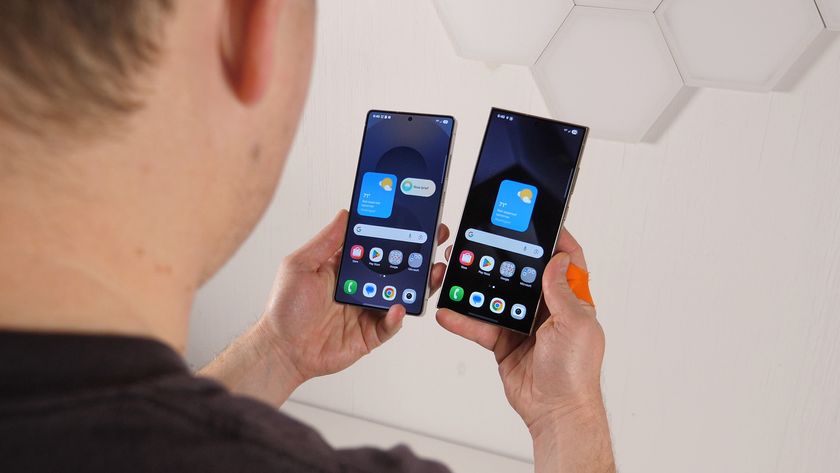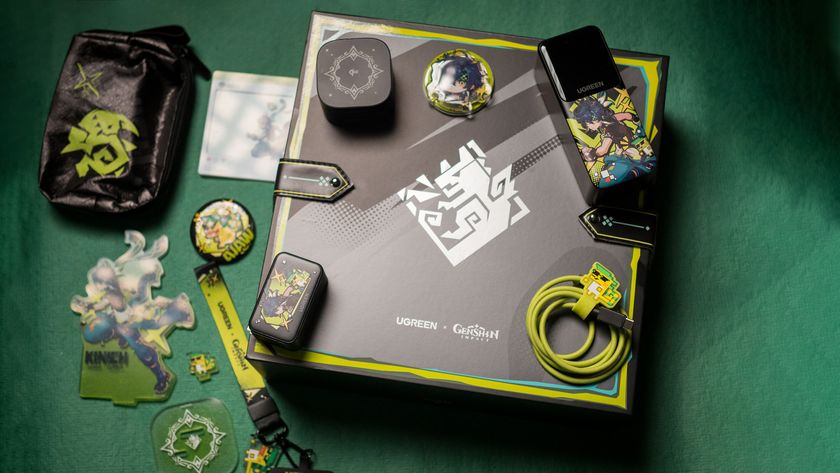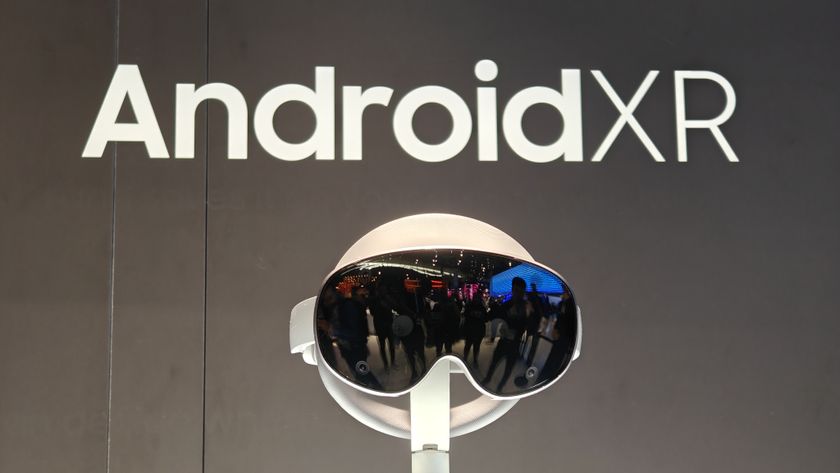Force Apple to make its Watch less exclusive, and the entire smartwatch industry changes
If the DMA forces iOS to allow messaging on non-Apple Watches, it'd make fitness watches smarter — and let other smartwatches leave fitness behind.
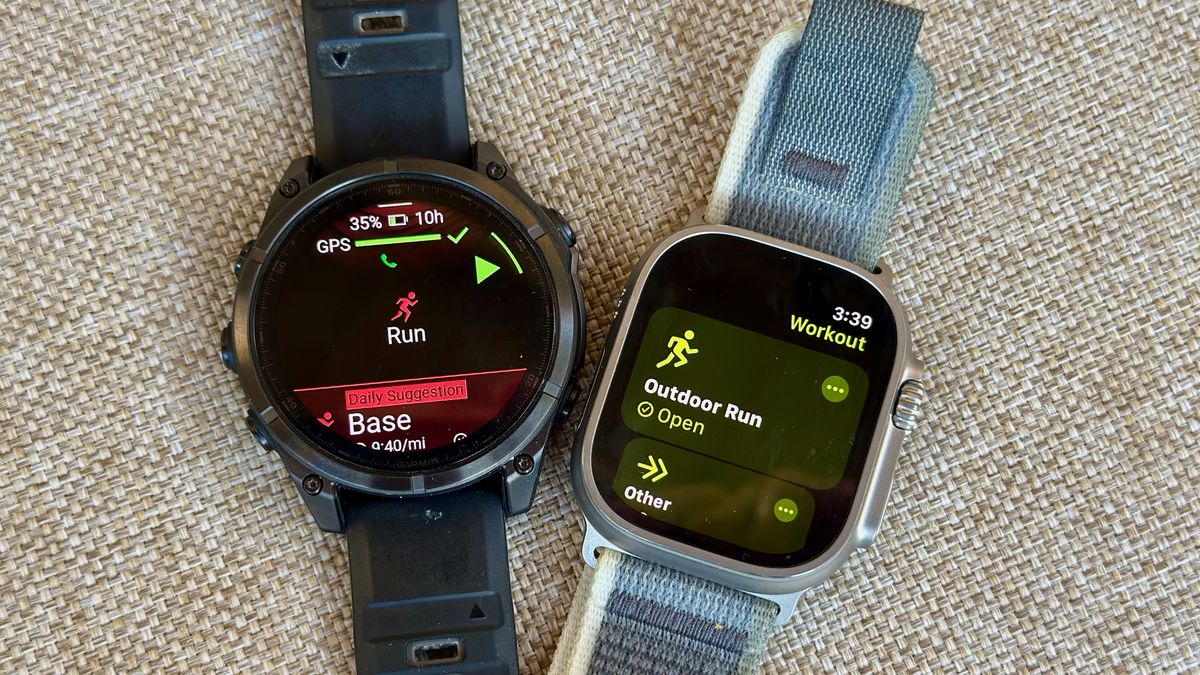

In this weekly column, Android Central Wearables Editor Michael Hicks talks about the world of wearables, apps, and fitness tech related to running and health, in his quest to get faster and more fit.
I'm not an expert on the EU Digital Markets Act, which, as of this week, requires Apple to make exclusive Apple Watch features available on third-party watches. Nor can I predict whether or not Apple will subvert or defy the ruling. But I can speak to how transformative this could be for fitness smartwatches — eventually — if Apple is forced to comply.
The DMA decision on March 19 lists out how Apple must provide "effective interoperability" to let any connected device "receive, access, use, respond to, and transmit iOS notifications as well as to select and manage which notifications are displayed."
Third-party watches would receive "background execution" access, so notifications and replies don't require the companion app running in the foreground as an intermediary. They'd also access faster data transfer (aka AirPlay) and settings like Do Not Disturb and priority notifications.
Apple will, of course, fight this tooth and nail. The Verge quotes an Apple spokesperson as saying, "Today’s decisions wrap us in red tape...forcing us to give away our new features for free to companies who don’t have to play by the same rules. We will continue to work with the European Commission to help them understand our concerns."
Just as Google failed to comply with the DMA, Apple may decide not to follow the ruling. But let's play out the hypothetical here and envision how fitness smartwatches (and non-fitness watches) could evolve with full iOS and Android access.
Garmin is the "smartest" fitness brand, and it can only do so much
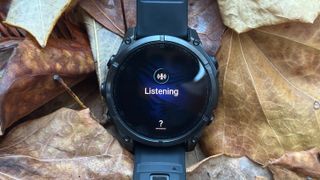
Garmin represents the rare fitness brand that tries to sell "smart" mainstream watches like the Venu 3 or Fenix 8, with smart assistants, Garmin Pay, and a few third-party apps like Spotify and YouTube Music.
However, Garmin only pulled off a mini-walled garden of smarts and apps the same way Fitbit did before its Google acquisition. Both brands were so successful that they had the gravity to bring major apps to the bargaining table.
Be an expert in 5 minutes
Get the latest news from Android Central, your trusted companion in the world of Android
Garmin also used its higher cash flow to acquire businesses like Firstbeat Analytics and FitPay for a smarter training algorithm and contactless payments. Most fitness brands can't get third-party payment services to support them.
And because Garmin has an eclectic mix of iPhone and Android customers — its latest earnings show more than half of its sales come in Europe and Asia, where Android phones are more popular — it supports a couple of basic Android-only smart features, most notably quick replies to Google Messages and the ability to see images in notifications. Apple blocks both (for now).
But despite all that effort and its advantages, a Garmin watch isn't that advanced for messaging, turn-by-turn navigation, voice commands, and other tricks you get on watchOS or Wear OS. That applies double to brands like COROS, Polar, Suunto, and Whoop, which lack the same reach or leverage.
An open iOS means more non-fitness smartwatches
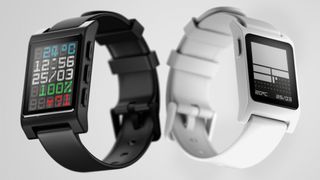
I'm excited to try the new Pebble watches, but former Pebble founder Eric Migicovsky had to "set expectations" on his blog about how Apple's policies hamstring them. Pebble watches on iOS can't offer to message, mark tasks as done, ignore notifications you've seen on your phone, support background execution, or create their own mini-app store for third-party watch faces and functions.
In his case, he says upfront that the definitive way to use a Pebble watch is to pair it with an Android phone. However, 40% of his interested customers use an iPhone; Apple's ecosystem is too large to simply ignore it.
Even most of the old Wear OS brands — Samsung Galaxy, Mobvoi TicWatch, and Fossil — were "compatible" with iPhones for years. But they had such limited functionality thanks to Apple's uncompetitive practices that they've mostly given up and turned to Google's semi-walled Wear OS garden to survive, or (in Fossil's case) given up on smartwatches.
They could only "work" on iOS because they had health and fitness tools independent of their blocked smarts. And every other non-Apple watch for iPhones has been funneled down this path.
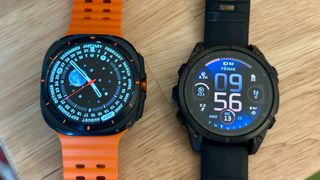
I believe that Apple's policies have (unintentionally) helped make smartwatches much stronger for health and fitness across the industry. After Pebble shut down, brands knew they couldn't make creative lifestyle watches without close phone integration for apps and messaging. So they focused on a use case that Apple couldn't restrict and turned a weakness into a strength with low-powered watches that lasted weeks.
If this ruling takes effect, it would change the entire industry. Yes, fitness watches would be unleashed to encroach on rival territory. And smaller, health-focused brands like Masimo and Withings suddenly gain access to greater smarts. But we could also see watches that emphasize something other than fitness now that they can.
The obvious example would be a Meta watch with the Meta AI assistant and EMG band for contextual commands and gesture recognition, unrestricted by Apple's policies. But I'd hope to see more indie brands like Repebble shoot their shot and try smart gimmicks that I've never even conceived of without the same pressure to add reliable health data or fitness coaching.
A distant and unlikely interoperable future
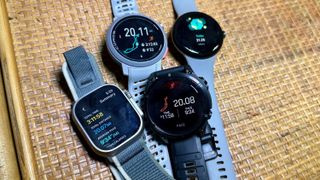
I don't know how much fitness smartwatches will change if Apple obeys this ruling. Yes, background refreshes, closer syncing with your DND settings, interactive replies, and quicker file transfers would benefit any fitness smartwatch. But not every smartwatch is optimized to use messaging.
They'll need mics for voice-to-text or AMOLED displays with faster touch sampling. This probably wouldn't be possible on watches like the Garmin Instinct 3, optimized for long battery life with a slower processor. Maybe Garmin would restrict messaging to its lifestyle watches and prioritize battery life on its Forerunners and Instincts.
Crucially, Garmin (and other brands) would be able to decide to stick to their strengths instead of Apple deciding for them. If they prioritized faster performance, this would benefit both iOS and Android users; a better chip and more widespread assistant would make RCS messaging better, too.
Of course, the original point still stands. This isn't like changing from Lightning to USB-C or allowing sideloading; it would fundamentally change the entire operating system, and Apple could spend years disputing the ruling. Then, fitness watches would have to license more robust hardware and test the software. Who knows how long that could take?
But if it does happen, it would certainly make things more exciting and competitive for smartwatch fans, whichever smartphone they own!

Michael is Android Central's resident expert on wearables and fitness. Before joining Android Central, he freelanced for years at Techradar, Wareable, Windows Central, and Digital Trends. Channeling his love of running, he established himself as an expert on fitness watches, testing and reviewing models from Garmin, Fitbit, Samsung, Apple, COROS, Polar, Amazfit, Suunto, and more.
You must confirm your public display name before commenting
Please logout and then login again, you will then be prompted to enter your display name.
